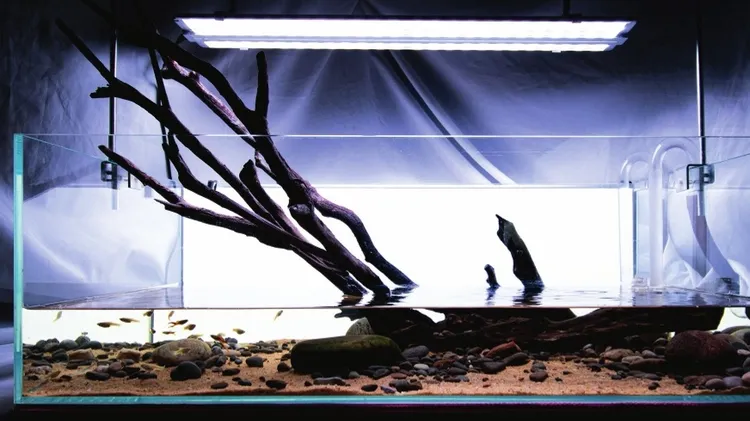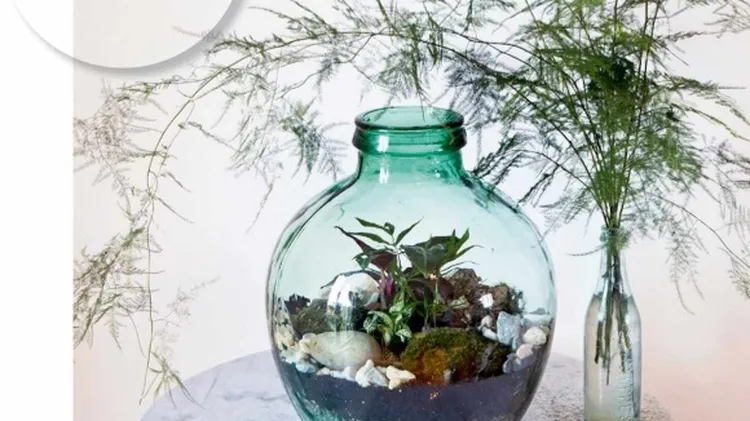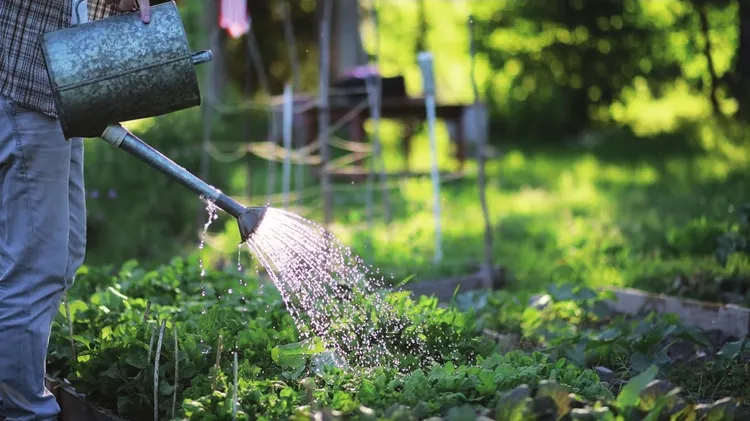We might not need to worry about watering our aquarium
The basics of aquarium plant nutrition
5 min read
This article is from...
Read this article and 8000+ more magazines and newspapers on Readly






